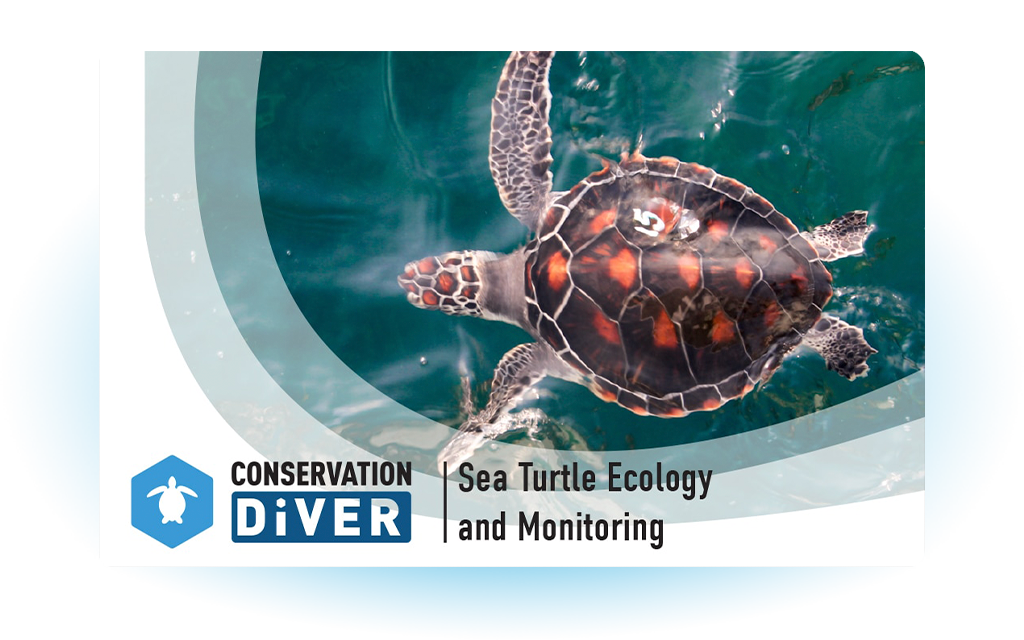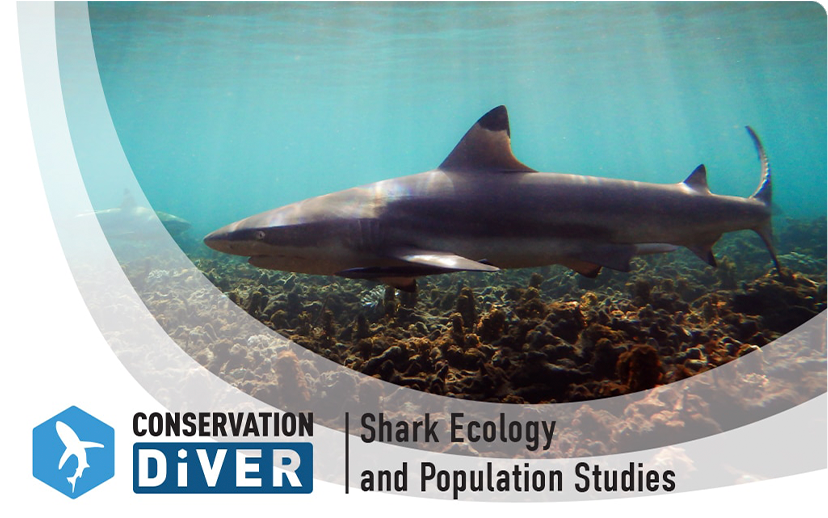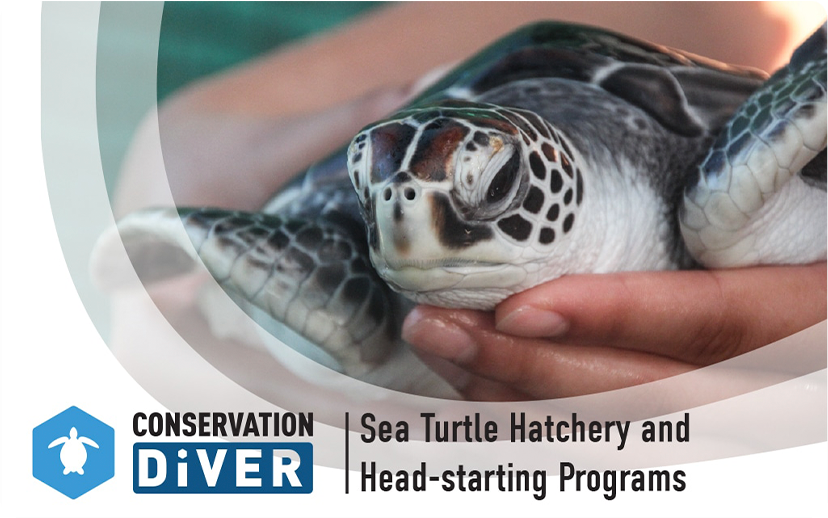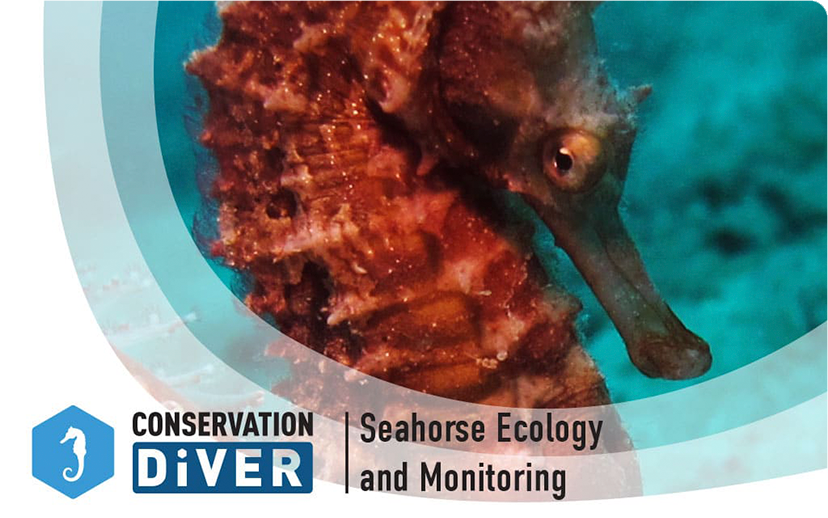
Sea Turtle Ecology & Monitoring
All 7 species of sea turtle on the planet today are on the endangered species list, with populations of some reduced by 98%. Divers form a network that is integral in the identification and monitoring of sea turtle populations around the globe. In this course, participants will learn about the ecology of sea turtles, threats to health, and multiple techniques used by professionals around the globe to track and ID individuals in their area and contribute to conservation efforts.
Understand techniques for identifying sea turtles and tracking their populations through photodocumentation.
Gain knowledge about sea turtle ecology, evolutionary history, and global population threats.
Comprehend how turtle sightings are coded and recorded in local databases, contributing to conservation efforts.
Learn to recognize sea turtle issues and implement strategies to mitigate local threats to their health and survival.
Program Eligibility and Requirements
To join the Sea Turtle Ecology & Monitoring Program, participants need to meet the following criteria:
- Age Requirement: Applicants must be 12 years of age or older.
- Diver Certification: Applicants should hold certification as an Advanced diver from a recognized diving organization such as PADI, SSI, RAID, or similar. Alternatively, Open Water divers can be eligible if they have successfully completed a buoyancy appraisal under the guidance of a professional diver.
- Diving Proficiency: Applicants need to showcase advanced diving skills, including excellent buoyancy control and self-awareness.
Upon Enrollment in the Course, participants will be required to:
- Attend the lecture on Sea Turtle Ecology and Monitoring
- Complete the Sea Turtle Ecology and Monitoring Exam and score at least 80%
- Attend the practical briefing prior to the observation dive
- Complete at least 1 dive to attempt to find and observe sea turtles (note: if sea turtles are not found participants can still receive the certification)
- If a sea turtle is observed, collect relevant data and photographs as per local standards
- Attend debriefing and data entry (if no turtles were found, briefing will still be giving as if a turtle was observed to understand the ID process)










